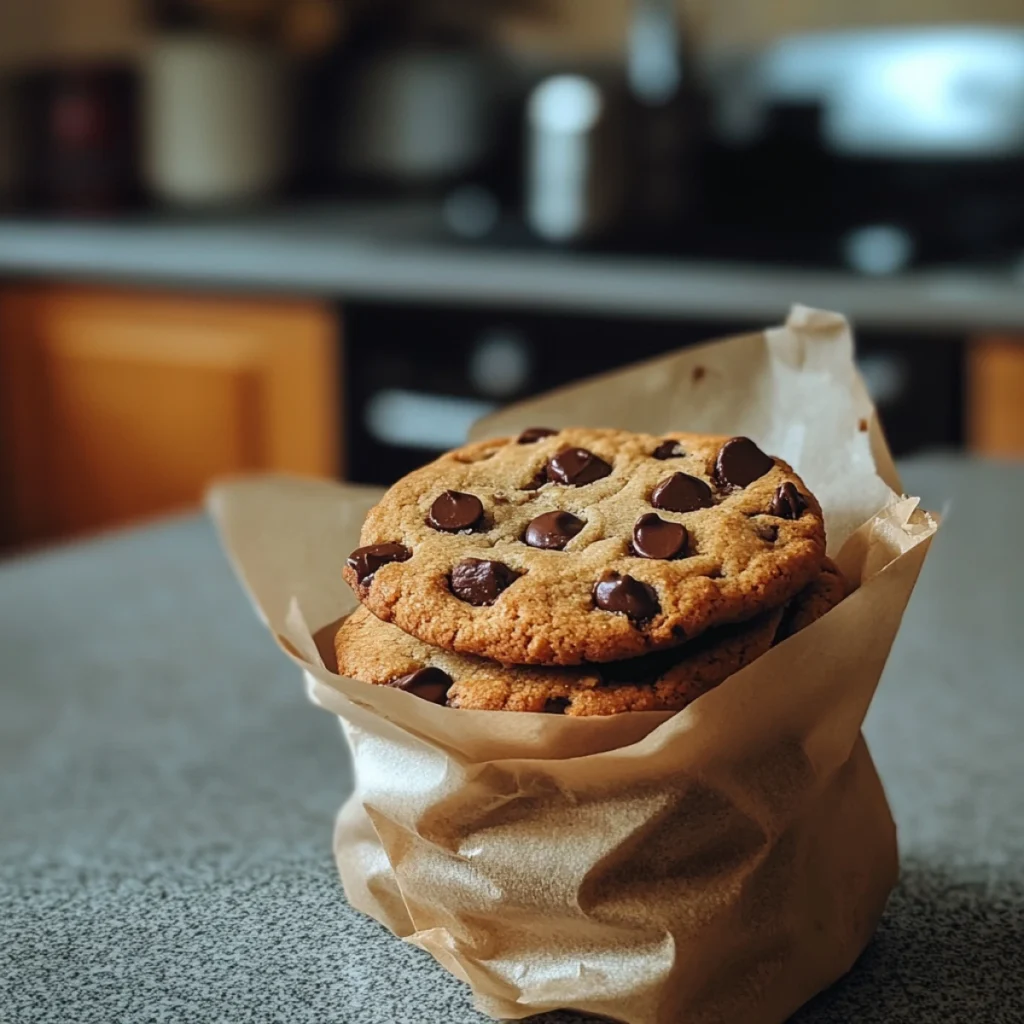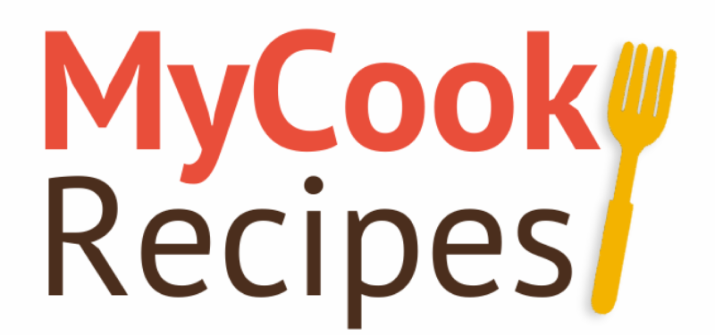
When packaging cookies for gifts, sales, or events, choosing the right cookie bag can make all the difference. Whether you want to preserve freshness, enhance presentation, or transport your cookies safely, there are many cookie bag options available. But with so many choices, you might be wondering: What are cookie bags called?
In this guide, we will explore the various types of cookie bags, their materials, and how to choose the best option for your needs. We’ll also dive into decorative and specialty cookie bags to help you make the perfect choice for any occasion. For additional tips on cookie packaging, check out The Cookie Countess article.
Types of Cookie Bags: Understanding the Terminology
There are several types of cookie bags used for packaging cookies, each with its unique benefits. Here are the most common options:
- Cellophane Bags: These are clear, shiny bags often referred to as cello bags. Made from a plant-based material, they are biodegradable, making them an eco-friendly option. Their transparent appearance makes them perfect for showcasing beautifully decorated cookies.
- Polypropylene Bags: Also known as poly bags, these are made from a synthetic material. They are less transparent than cellophane but more durable, offering better protection against moisture and preserving cookie freshness for longer periods.
- Gusseted Bags: These bags feature expandable sides, making them ideal for larger or thicker cookies. The extra space provided by gussets ensures that cookies, especially those with decorations, don’t get squished.
For more detailed guidance on choosing the right cookie bag, check out The Cookie Countess article, which provides insights on bag sizing and materials.
Materials Used in Cookie Bags
The material of your cookie bag affects both the presentation and the shelf life of your cookies. The two most common materials are cellophane and polypropylene.
1. Cellophane
Cellophane bags are biodegradable, plant-based, and are known for their clear and shiny finish. These bags are ideal for short-term use or gifting, as they make cookies look visually appealing. However, they are less durable than polypropylene bags and may not provide the same level of protection against moisture and air.
2. Polypropylene
Polypropylene bags are synthetic and more durable, offering better protection for long-term freshness. They are less transparent than cellophane, with a slightly cloudy appearance, but they are excellent for preserving cookies for extended periods. These bags are also more resistant to moisture, making them a better choice for shipping or storing cookies.
If you’re looking for more tips on cookie preservation and packaging, check out our related post: How Do I Activate Sourdough Discard?, which covers techniques for keeping baked goods fresh.
Decorative and Specialty Cookie Bags
For special events or presentations, decorative cookie bags can enhance the appeal of your cookies. Here are some popular options:
- Decorative Bags: These bags come in various designs, prints, or with embellishments. They are perfect for holidays, weddings, or special occasions. Many decorative bags are resealable, which keeps the cookies fresh while also allowing for a polished presentation.
- Gusseted Specialty Bags: Gusseted bags are ideal for larger cookies or those with decorations that require extra space. The gussets ensure that the cookies have enough room without damaging any icing or decorations.
- Zip-Top Bags: These resealable bags are practical for packaging multiple cookies together. They are perfect for parties or events where cookies will be consumed over time and need to stay fresh.
For more on cookie packaging ideas for events, visit our related content on Creative Sourdough Discard Uses and Recipes for more creative uses of baked goods.
Choosing the Right Cookie Bag for Your Needs
Selecting the right cookie bag depends on several factors, including the size of your cookies, the event or use, and environmental considerations. Here are a few key points to help you choose:
1. Cookie Size
It’s essential to measure your cookies, accounting for their height and any decorations. The bag needs to be slightly larger than the cookie to ensure it fits comfortably. If your cookies are particularly thick or heavily decorated, opt for a gusseted bag to allow for extra room.
2. Event or Purpose
For events such as weddings, holidays, or corporate gifts, decorative bags are a great choice. For selling cookies, a clear cellophane bag allows the customer to see the product while maintaining a professional look.
3. Environmental Impact
If sustainability is a concern, cellophane bags are an eco-friendly choice due to their biodegradable nature. On the other hand, polypropylene bags are more durable and reusable but are not biodegradable.
FAQs About Cookie Bags
What are cookie bags made of?
Cookie bags are typically made from either cellophane or polypropylene. Cellophane is biodegradable, making it an eco-friendly choice, while polypropylene is a synthetic material known for its durability and long-term freshness.
How do I choose the right size cookie bag?
To choose the right size cookie bag, measure the width and height of your cookies, taking any decorations into account. If the cookie is thick or intricately decorated, a gusseted bag will provide the extra space needed to protect the cookie.
Can I reuse cookie bags?
Yes, polypropylene bags are durable and can often be reused multiple times. Cellophane bags are more delicate and usually single-use due to their biodegradable nature.
Conclusion: Finding the Perfect Cookie Bag
Choosing the right cookie bag is essential for keeping your cookies fresh, maintaining their presentation, and ensuring they arrive safely at their destination. Whether you opt for cellophane or polypropylene, gusseted or decorative bags, it’s important to consider the size, purpose, and environmental impact of your choice. Make sure to measure your cookies carefully and select a bag that fits both your needs and the occasion.
For more inspiration on cookie packaging and creative ideas, explore Creative Sourdough Discard Uses and Recipes to elevate your baked goods.
